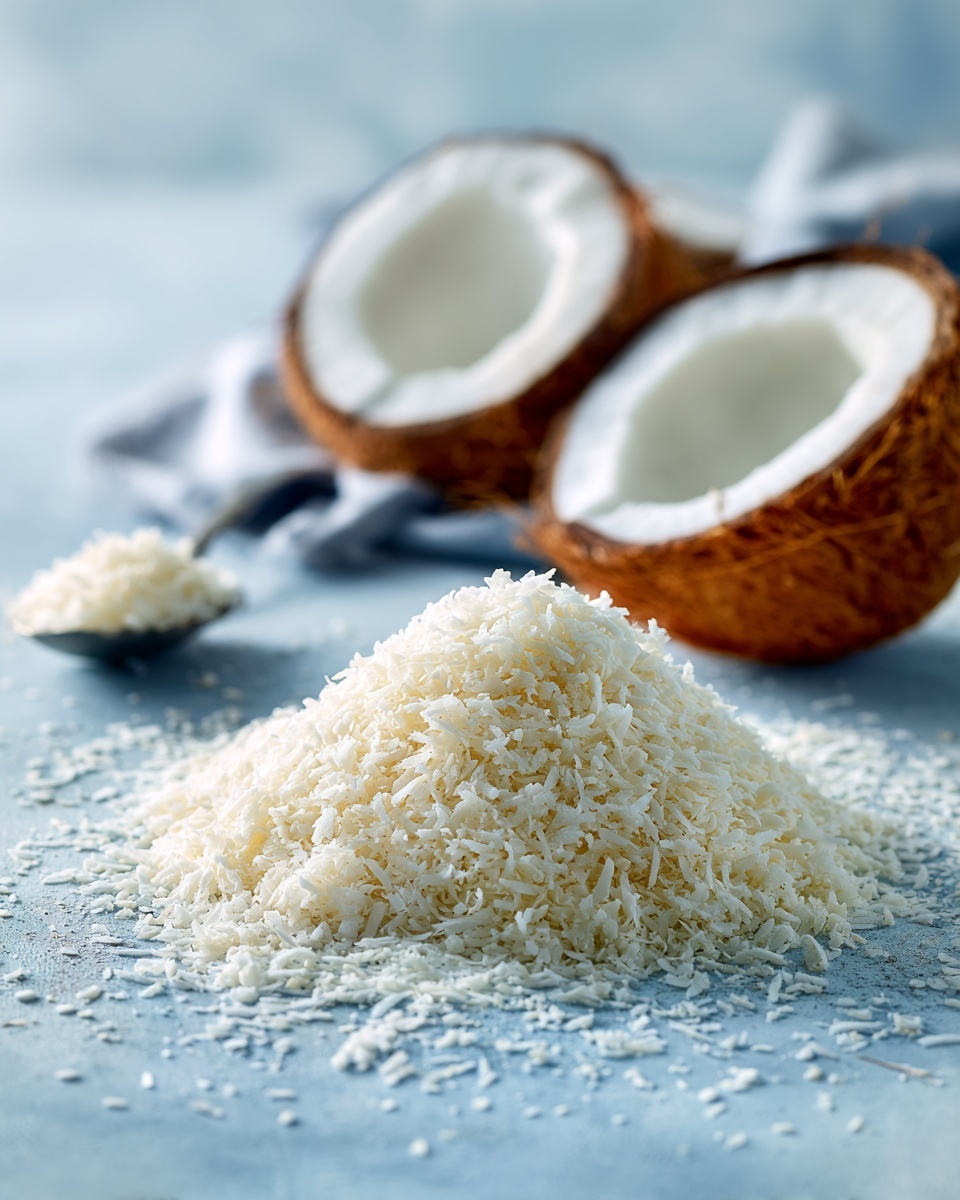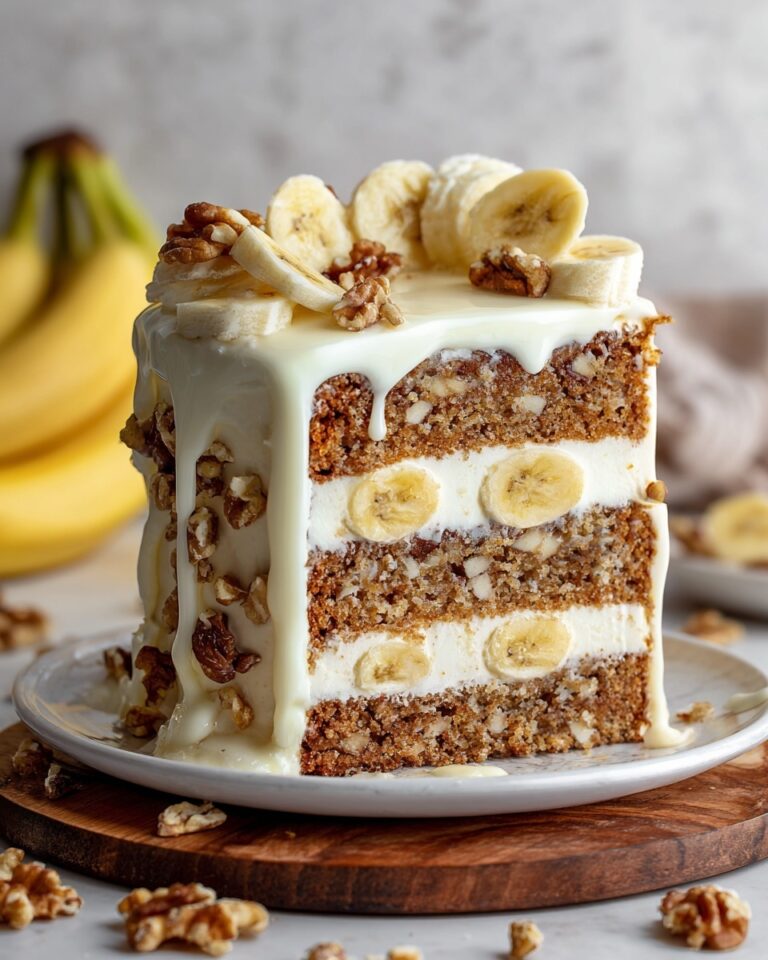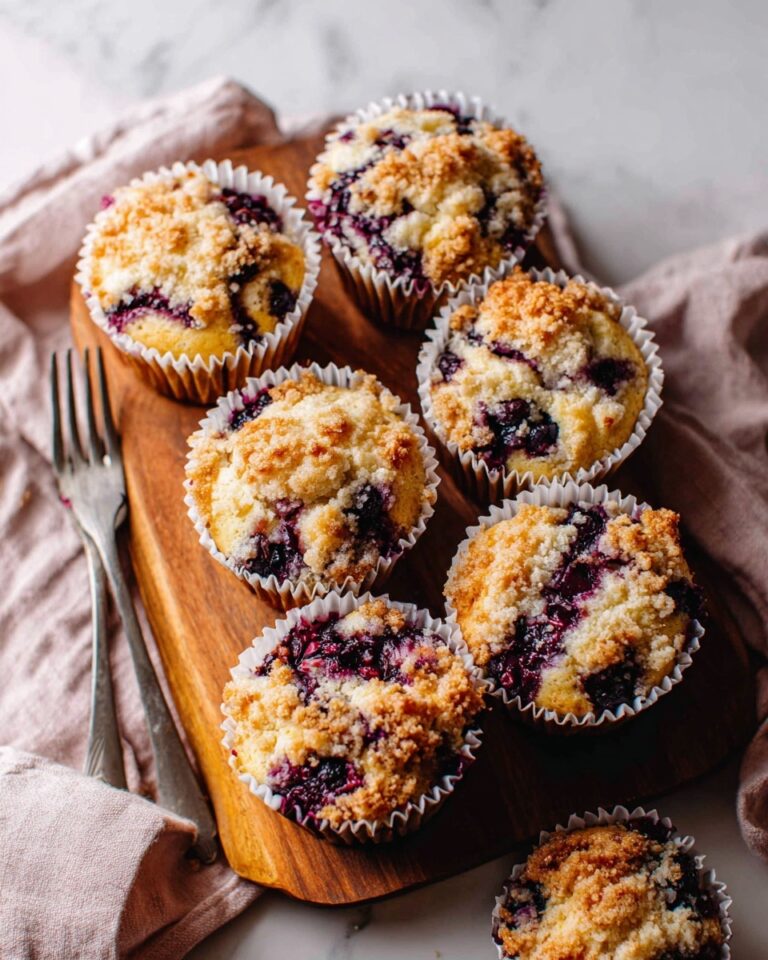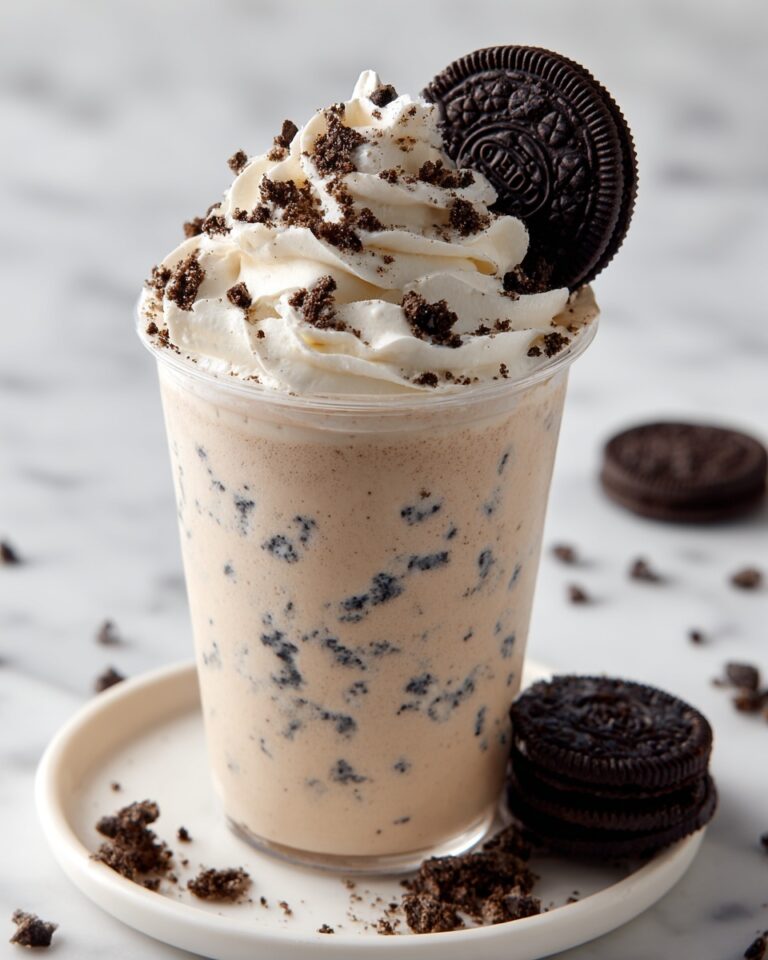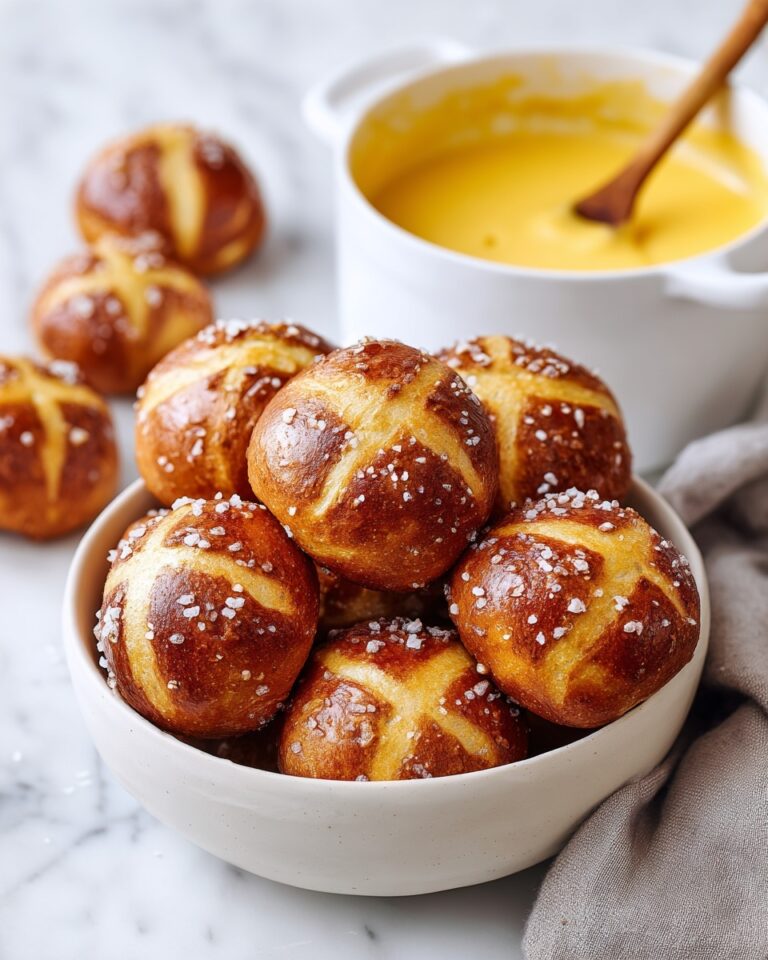If you’ve ever wondered how to soften and transform coconut flakes for your recipes recipe, you’re in the right place! Coconut flakes bring such a wonderful flair to dishes, whether you’re aiming for crunchy toppings or silky, creamy spreads. This method lets you take plain coconut flakes and turn them into something magical that fits perfectly with sauces, desserts, or even savory dishes. It’s all about unlocking their full potential and versatility, so your recipes always have that extra delicious touch.
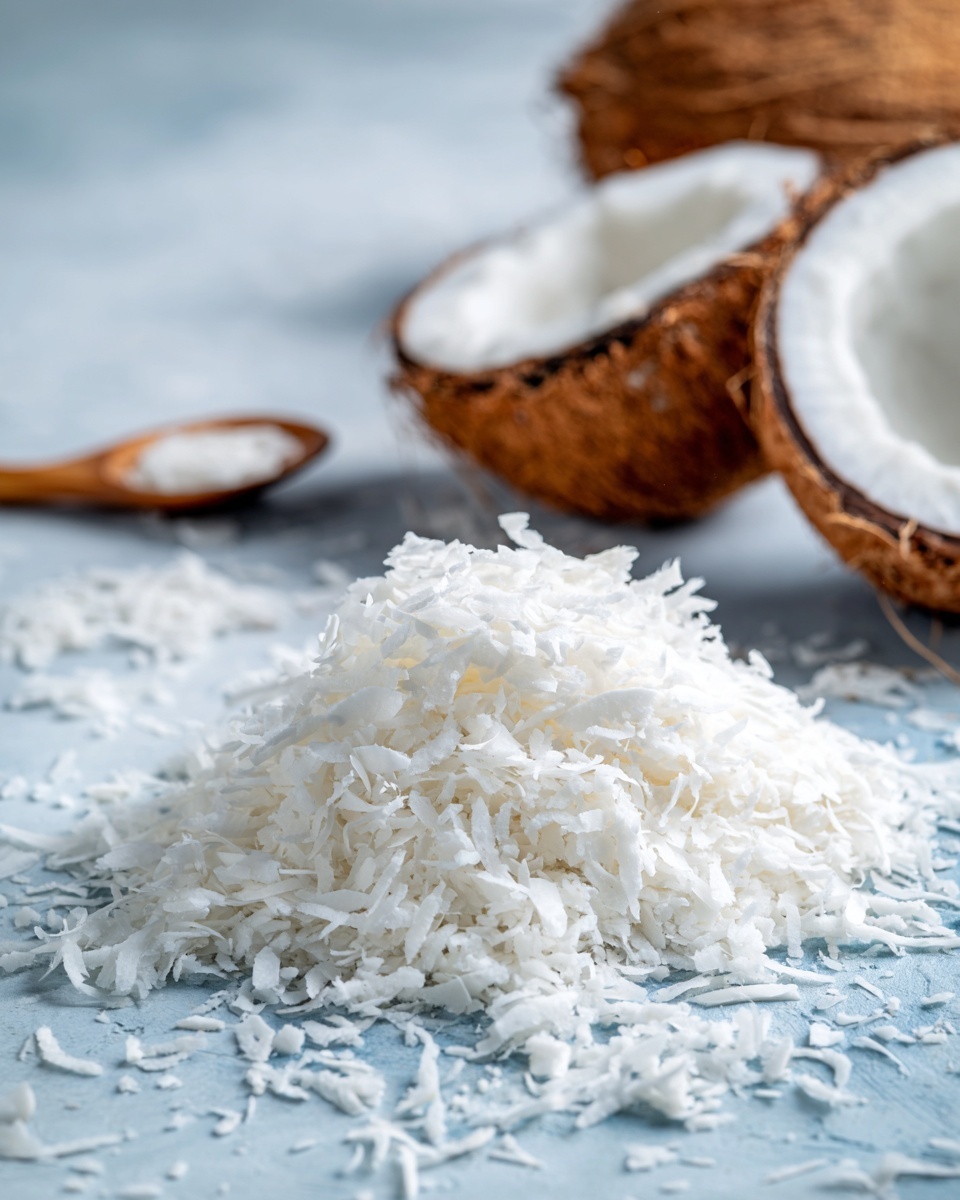
Ingredients You’ll Need
Getting started with this technique is delightfully simple, and every ingredient plays its part in enhancing the final outcome. From the flakes themselves to the choice of liquids, each component adds flavor, moisture, or texture that will transform your coconut flakes beautifully.
- Unsweetened coconut flakes: The base of the recipe, rich and flavorful with natural oils perfect for softening or toasting.
- Coconut milk or any milk of choice: Adds creaminess and moisture, helping the flakes soften and blend easily.
- Coconut oil (optional): Adds richness and helps create a smooth, spreadable paste when blending the flakes.
- Sweetened condensed milk (optional): Sweetens and creates a deliciously thick spread or filling.
How to Make How to Soften and Transform Coconut Flakes for Your Recipes Recipe
Step 1: Toast the Coconut Flakes
Begin by heating a dry skillet over medium heat and adding your coconut flakes. Stir them constantly for around 3 to 5 minutes until they turn a warm golden brown and release that irresistible, nutty aroma. Toasting caramelizes the natural sugars, lending a crisp texture that’s fantastic for topping baked goods, oatmeal, or salads. This is perfect when you want that delightful crunch while maintaining coconut’s signature flavor.
Step 2: Simmer in Liquid to Soften
If you want your coconut flakes soft and pliable for blending or smoother textures, simmer about 1 cup of flakes in ½ to 1 cup of your chosen liquid—coconut milk brings extra richness, but water or any milk works too. Warm it gently on low heat for 5 to 8 minutes, stirring occasionally until the flakes feel tender and infused with moisture. This step is essential when incorporating coconut flakes into sauces, frostings, or smoothie bowls because it allows them to meld seamlessly with other ingredients.
Step 3: Blend into a Luxurious Paste
Take the softened flakes, add a touch of coconut oil or sweetened condensed milk, and blend everything in a food processor or high-speed blender. After a few minutes, you’ll create a smooth, creamy paste that spreads like magic. This luscious mixture is perfect as a filling for cakes, truffles, or even as a decadent spread on toast. It’s amazing how the flakes transform from dry and flaky to silky and rich.
Step 4: Incorporate Directly in Baked Goods
For baked treats like macaroons or bars, simply fold the coconut flakes into your batter or dough. They’ll soak up moisture during baking, softening naturally without any pre-soaking. This hands-off method keeps things easy but still yields delectably tender, coconut-packed bites every time.
How to Serve How to Soften and Transform Coconut Flakes for Your Recipes Recipe
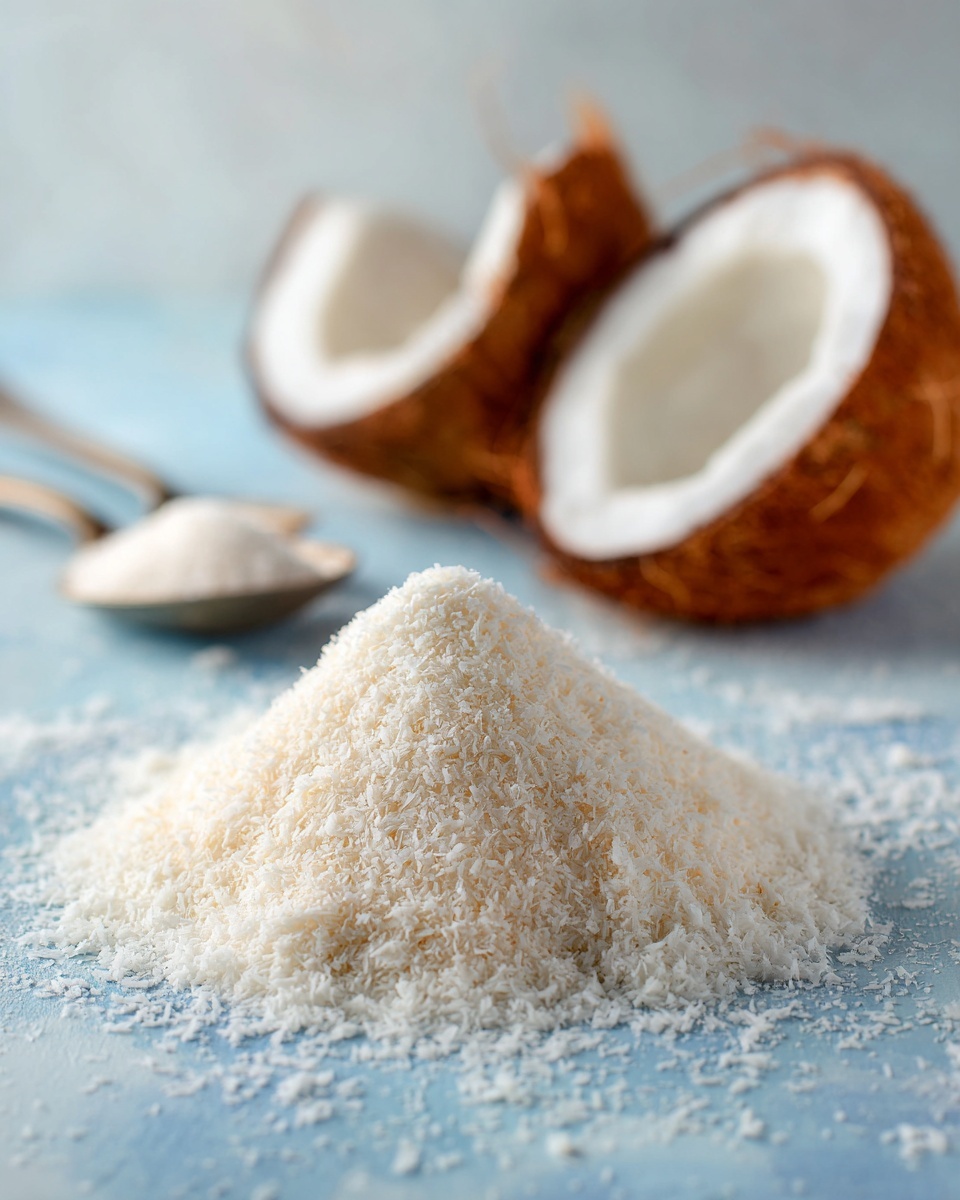
Garnishes
Golden toasted coconut flakes make stunning garnishes for almost any dish, from creamy rice puddings to tropical smoothies and exotic salads. Their crunchy texture and nutty flavor add both beauty and brightness, creating instant wow-factor on the plate.
Side Dishes
Softened coconut flakes blend wonderfully into side dishes like coconut-infused rice or vegetable curries. Stirring them in elevates those flavors with a subtly sweet and creamy harmony that complements spices beautifully.
Creative Ways to Present
Get imaginative by using the blended coconut paste as a base layer in desserts or dolloping it atop fruit parfaits. You can also mix softened flakes into yogurt or ice cream for an unexpected texture boost. They even make a fantastic stuffing for pastries or spring rolls, adding a tropical twist to savory creations.
Make Ahead and Storage
Storing Leftovers
Leftover softened or blended coconut flakes can be stored in an airtight container in the refrigerator for up to 4 days. Keep them tightly sealed to preserve freshness and prevent absorption of other fridge odors. Give them a quick stir before using again.
Freezing
If you want to keep the coconut flakes longer, especially the blended paste, freezing is a smart option. Portion it into small containers or freezer bags, and it will last for up to 3 months. Thaw overnight in the fridge and stir or re-blend before use for the best texture.
Reheating
Gently warming softened coconut flakes or paste helps return their creamy state. Use a low heat setting on the stove or microwave in short intervals, stirring frequently. Avoid overheating to prevent drying out or scorching the coconut flavors.
FAQs
Can I use sweetened coconut flakes for this method?
Yes, you can, but keep in mind that sweetened flakes will add additional sugar and may affect the moisture balance slightly. Adjust your recipe accordingly to avoid overly sweet or sticky results.
Is it necessary to toast the coconut flakes first?
Toasting is optional and depends on the texture you want. If you’re looking for crispiness and a deeper flavor, definitely toast them. For soft or creamy applications, simmering or blending softened flakes is the better route.
How long does it take to blend coconut flakes into butter?
Typically, blending unsweetened flakes for about 10 to 15 minutes in a food processor allows the natural oils to release, creating coconut butter with a smooth, melt-in-your-mouth consistency.
Can I skip the liquid when softening coconut flakes?
The liquid is key if you want them soft and pliable, as it hydrates the flakes. Without it, the flakes won’t soften properly and will remain dry and chewy.
What’s the best liquid to use for softening coconut flakes?
Coconut milk enhances the flavor and richness wonderfully, but plain water or any dairy or plant-based milk can work depending on your recipe needs and dietary preferences.
Final Thoughts
Trust me, once you master how to soften and transform coconut flakes for your recipes recipe, you’ll find yourself reaching for coconut flakes far more often. This simple technique unlocks endless possibilities, turning humble flakes into crispy toppings, creamy spreads, or smooth fillings. Give it a try and watch your dishes come alive with tropical charm and luscious texture. Your taste buds will thank you!
Print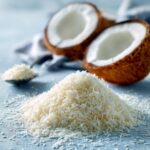
How to Soften and Transform Coconut Flakes for Your Recipes Recipe
- Prep Time: 5 minutes
- Cook Time: 8 minutes
- Total Time: 13 minutes
- Yield: 1 cup softened or toasted coconut flakes (depending on method)
- Category: Condiments & Toppings
- Method: Stovetop
- Cuisine: Universal
- Diet: Vegan
Description
Learn how to soften or transform coconut flakes for various culinary uses, including toasting for a crispy texture, simmering for softness, blending into creamy pastes for spreads or fillings, and incorporating into baked goods. This guide helps you achieve the ideal coconut flake texture for toppings, sauces, frostings, and desserts.
Ingredients
Ingredients
- 1 cup unsweetened coconut flakes
- 1/2 to 1 cup liquid (milk, coconut milk, or water)
- Coconut oil (optional, for blending)
- Cream or sweetened condensed milk (optional, for blending)
Instructions
- Toasting: Heat a dry skillet over medium heat and add unsweetened coconut flakes. Stir constantly for 3–5 minutes until the flakes are golden brown and fragrant, developing a crisp texture ideal for toppings.
- Simmering in Liquid: Place 1 cup coconut flakes in a saucepan and pour 1/2 to 1 cup of your choice of liquid such as milk, coconut milk, or water. Simmer gently over low heat for 5–8 minutes until the flakes soften and become pliable. Remove from heat and let cool before using or blending.
- Blending into a Paste: After softening the coconut flakes by simmering, transfer them to a blender or food processor. Add a small amount of coconut oil, cream, or sweetened condensed milk to help achieve a smooth, spreadable paste suitable for fillings, spreads, or dessert bars. Blend until creamy and well combined.
- Baking into Recipes: Incorporate coconut flakes directly into cookie doughs, batters, or bar crusts like macaroons. The flakes will absorb moisture and soften naturally during baking without needing pre-softening.
Notes
- To make coconut butter, blend unsweetened coconut flakes in a food processor for 10–15 minutes until creamy and smooth from the natural oils.
- Store coconut butter in a jar at room temperature and warm slightly before use for easier spreading.
- Adjust softening methods based on your recipe’s requirements—crisp toasted flakes for toppings or softened flakes for creamy preparations.
- Use unsweetened coconut flakes to control sweetness and customize flavor.

